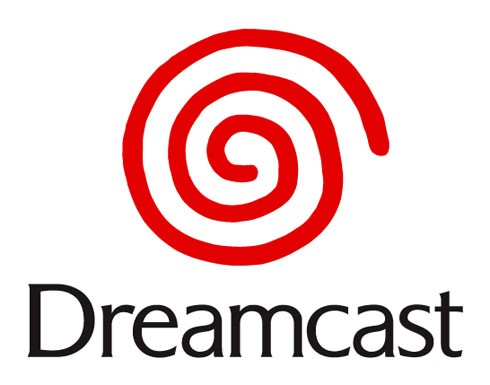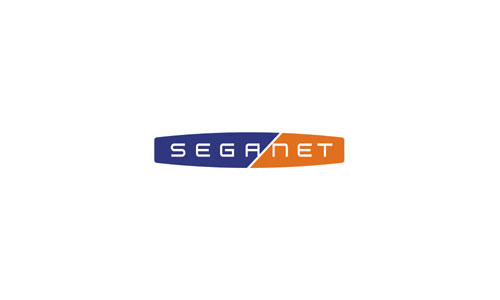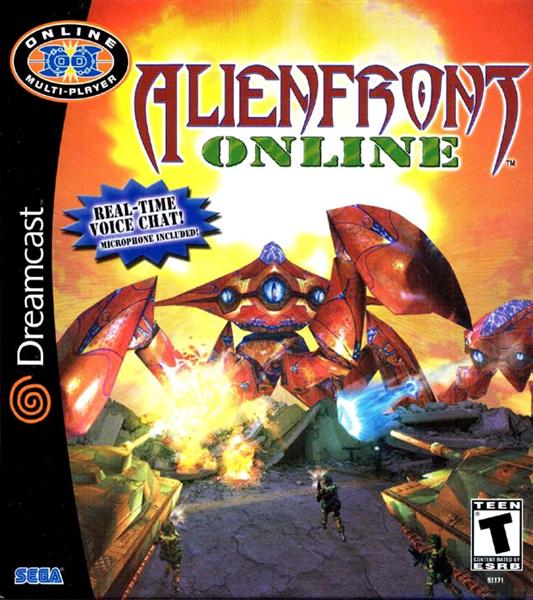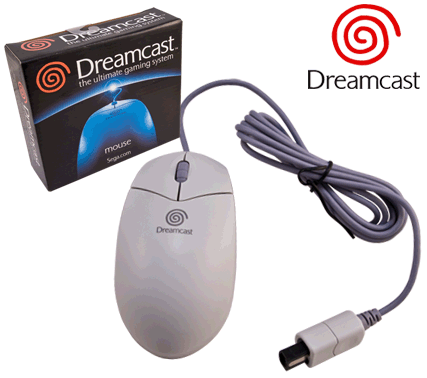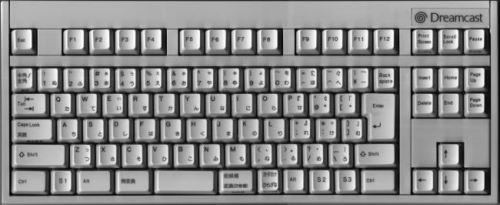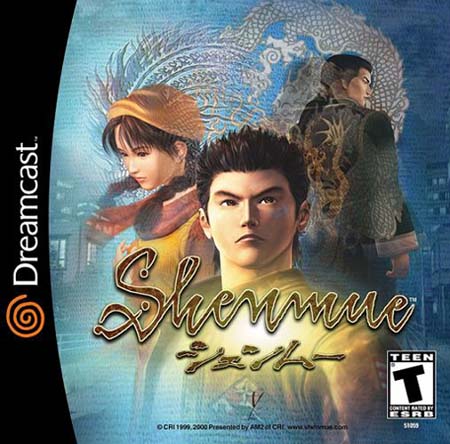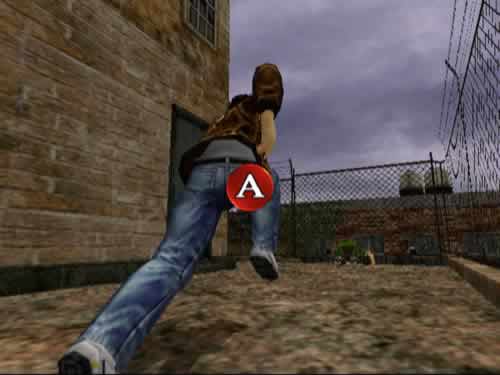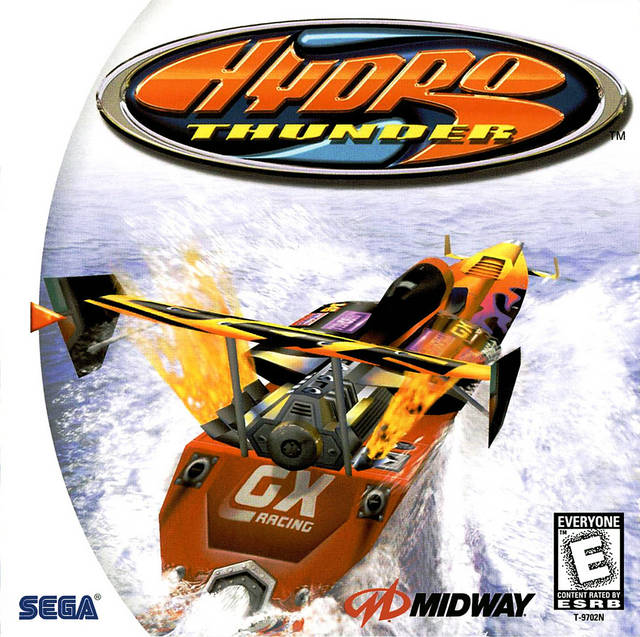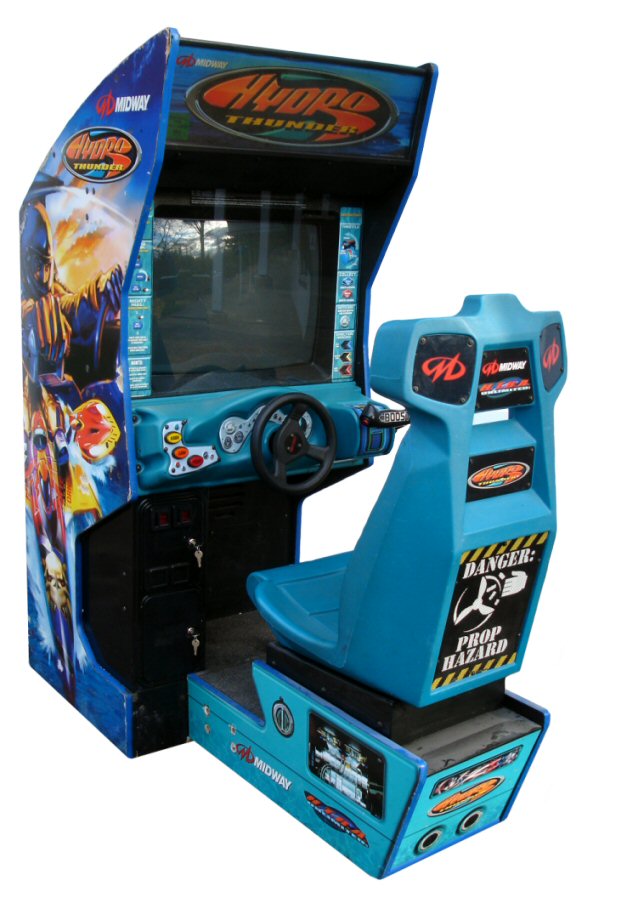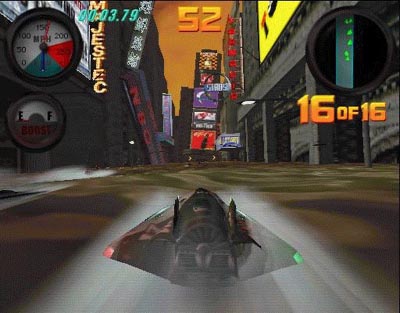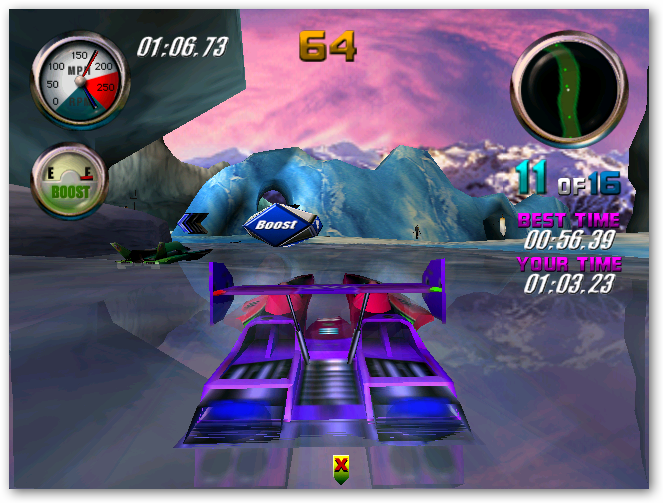Dreamcast Retrospective Day 8: Soulcalibur
 Tue, September 8, 2009 at 11:59 PM
Tue, September 8, 2009 at 11:59 PM Despite the fact that I recently spent an ungodly sum of money on the best arcade stick on the market, I haven’t always liked fighting games.
In fact, I used to hate them.
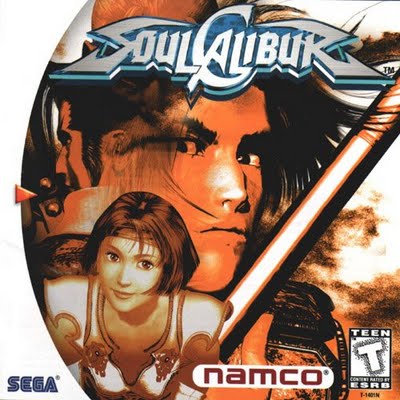
Until quite recently, my relationship with them was very casual. Street Fighter IV marked only the second fighting game I’ve spent any notable amount of time with, and BlazBlue only the third. These two might have been enough to spur me into buying the aforementioned hulking arcade stick, but they don’t give me a lot of history with the genre.
There has been one fighting game series, however, that I’ve always adored. One series that has always stood above all the rest for me. One series that has kept calling me back and provided countless hours of entertainment over the years, playing against friends and the computer alike. One series that has challenged me to learn its every nuance when other fighting games simply bored me, frustrated me, or turned me away.
That series, of course, is the Soulcalibur series, and the first game launched along with the Dreamcast on 9/9/99.
I didn’t even like fighting games at the time. To this day I’m still not entirely sure what convinced me that trying out this particular fighting game was such a good idea. I hadn’t played it at anybody else’s house or tried a demo.
I had simply read a review in my beloved Electronic Gaming Monthly calling it, and I’m paraphrasing here, I freaking awesome game and I decided to give it a shot.
One thing that hasn’t changed about my gaming habits over the years is that I’ve never been much for spur-of-the-moment purchases. I do my research before handing over my money. I might have read reviews and seen screenshots beforehand with Soulcalibur, but this was about as close as I ever come to buying a game on a whim.
Boy am I glad I did.
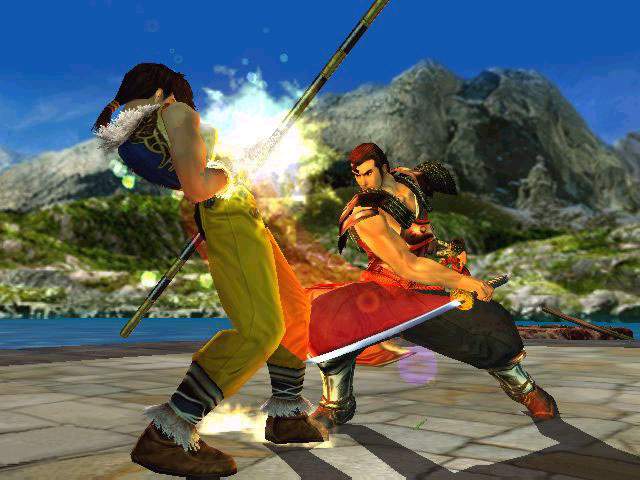
Right away I realized that this game was somehow different from other fighting games. Or at least it felt that way to me.
I could pick up the controller and with amazingly little effort be doing really cool moves. In a short amount of time I felt like I actually had a hang of the fighting system; I felt like I actually sort of knew what I was doing. The default difficulty was even reasonable enough that I didn’t have to drastically dial it down just to survive.
It was my kind of fighting game.
I’ve never liked gaming experiences that are “realistic”. To this day I don’t like to play Madden as I’d rather be playing Mario Tennis. I don’t like to play Gran Turismo as I’d rather be playing Burnout. And I don’t like to play Virtua Fighter because I’d rather be playing Soulcalibur.
Something about the fantastical weapons-based fighting system managed to grab my attention where detail-oriented fighters with a realistic bent, such as Virtua Fighter, could never grab me for any length of time.
The original Soulcalibur is still one of the best entries in the series. The graphics have since been surpassed, but it’s hard to believe how good they still look. I don’t think any other game since has instilled in me quite the same amount of awe in me that seeing Soulcalibur running on the Dreamcast for the first time did. As much of a last stand as the Dreamcast was for traditional arcade titles in many ways (see Crazy Taxi, Daytona USA, Ooga Booga, and many others), it also signaled the beginning of the switch to console dominance. The Dreamcast version of Soulcalibur looked much better than the already highly-acclaimed arcade version and had a better feature set to boot.
Soulcalibur’s experience as a single player game was only rivaled by that of Soulcalibur II, but the original was definitely more memorable. The series has yet to do better than the Weapon Master mode for single player fun and the first game nailed the balance between difficulty and fun, while still throwing in a crazy amount of unlockable items.
The character creation mode of the newer games is great and I applaud their willingness to try new things with the single player experience, but the original game’s feature set is still, in some ways at least, the best. It may lack some of the bells and whistles and newer characters I’ve come to love, but it’s still damn fun.
Unimportant little extras abound and really add to the overall experience. There was tons of cool artwork to unlock. There was a mode where you could rearrange the characters in the opening sequence, a totally pointless but fantastic addition. There were modes that have since disappeared from the more recent installments for no explicable reason, like some of the team battle modes. It was a truly astounding package.
The newer games may have improved upon it in many ways, but no Soulcalibur game since has brought as much wonder to the table at once as the original.
I have this terrific game, this game I picked up from out of nowhere, this game that launched right along with the Dreamcast on day one, this game that has spawned a love of the series and fighting games in general to thank for many happy memories playing this game by myself and in countless heated matches with my friends.

…
Oh, and no announcer in any other Soulcalibur game can ever top the performance given by the guy in the first game. I don’t know why. It’s just the honest truth. Live with it.




